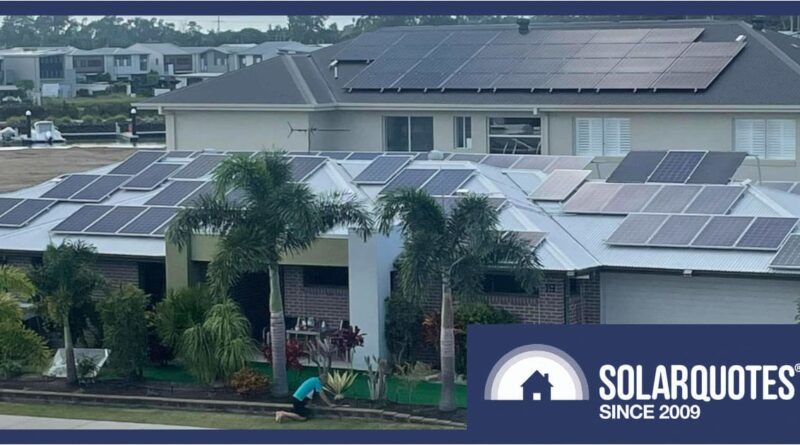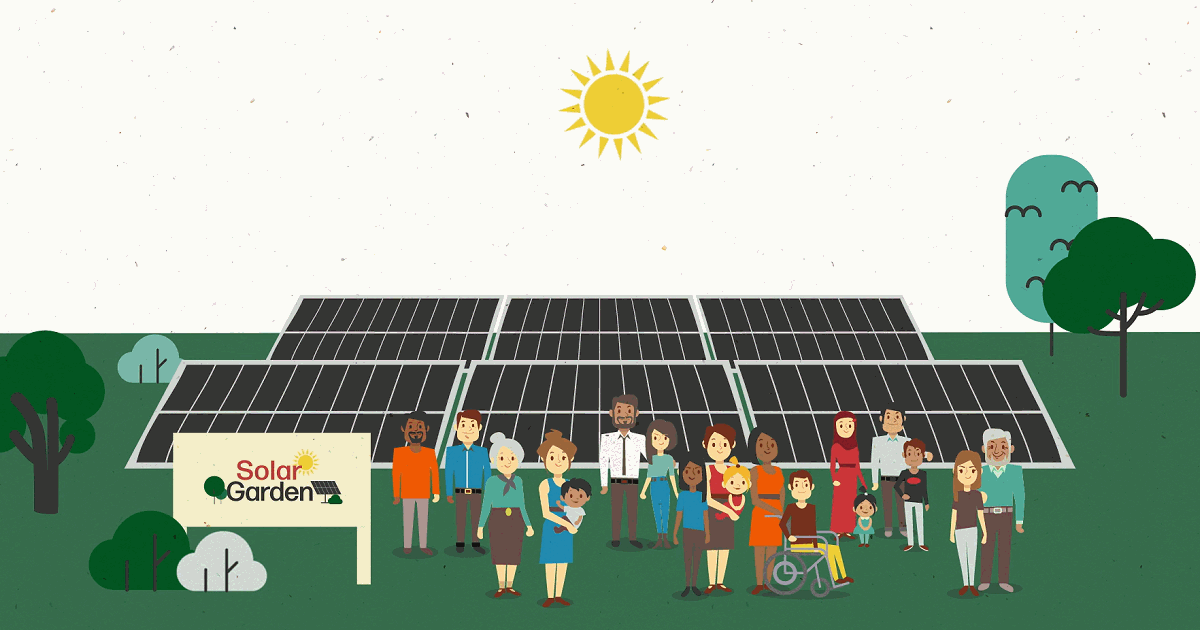Upgrade Your Solar To Be Bigger & Better (And Immune To Export-Charges)
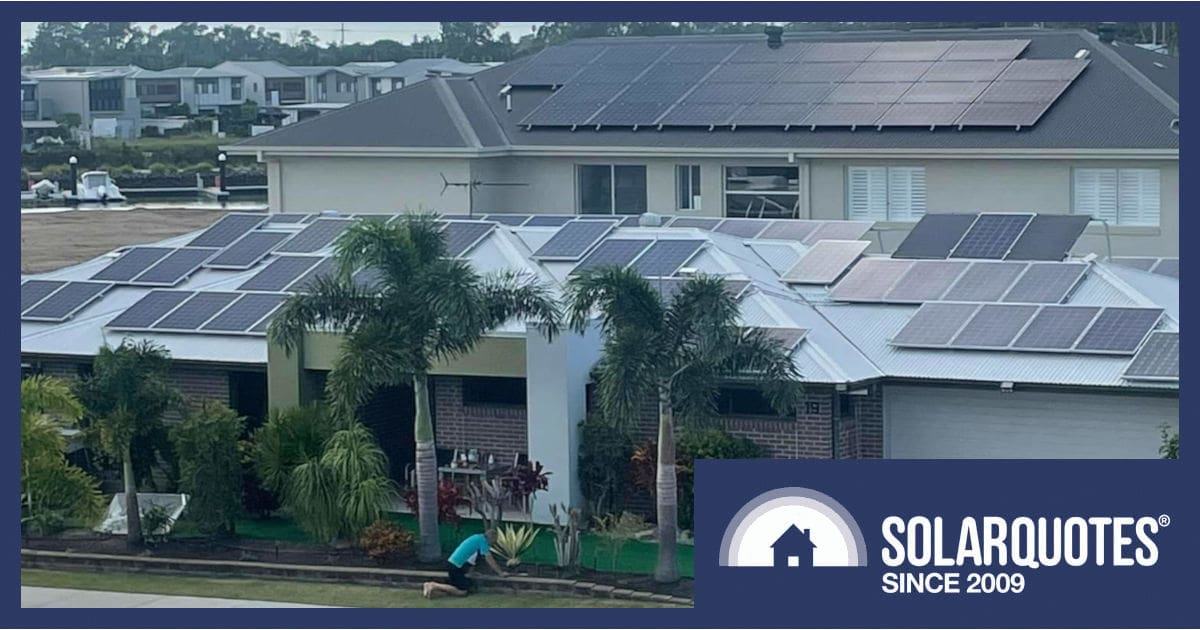
image credit: Kelvin Graves – Crap Solar Facebook group
I’ve recently noticed an uptick in questions from previously satisfied solar owners. With rising prices eroding their savings, they’re looking to boost their solar yield. If you’d like more solar, read on and we’ll explain how to go about it.
Whether you’re an energy enthusiast or just looking to lower your bill, this article is the first in a series on how to enhance your existing solar setup. There’s a few traps and complexities depending on where you’re starting from. We’ll outline the different approaches needed here and detail more in coming episodes.
There’s a lot of questions; and one place to start.
Solar owners have made one consistent complaint to me over the last 15+ years; they wish they’d installed more.
Step 1: Assess Your Current System
If you have a premium feed in tariff then the daytime electricty you generate will be earning about 10 times more than it’s worth. As these schemes expire in Victoria soon and SA/QLD in 2028 customers will get a reality check on their power bill.
For these customers I would suggest a switchboard upgrade and monitoring like CatchControl to analyse what you really need before the tariff ends. The hardware can then become part of your new solar when the time comes.
New systems come with a new warranty, monitoring, and higher efficiency. Eliminating fire-prone rooftop isolators also makes them a no-brainer.
Even A Newish System Isn’t Safe From The Latest Rules
Australian Standards governing solar inverters, solar panels, and batteries have been revised numerous times in the industry’s relatively short life so far.
Many systems won’t meet current rules for power quality or the dynamic controls which network companies (DNSPs) increasingly require.1 Even a 2020 complaint inverter is not grandfathered, so when customers want to add more solar, sadly this means a lot of good gear will go in the bin.
Step 2: Make A Plan
It still pays to work out where your energy is going. If you have solar monitoring or a utility smart meter, then access the data. Even if you can make head nor tail of the raw numbers, having your bills on hand and specifications of the existing solar will help the people giving you a quote for expanded solar.
This picture shows a system which had grown twice by the time the top image was taken. It was haphazard at best, so when a hail storm prompted a re-roof, an actual plan was hatched, with proper design by solar qualified electricians.
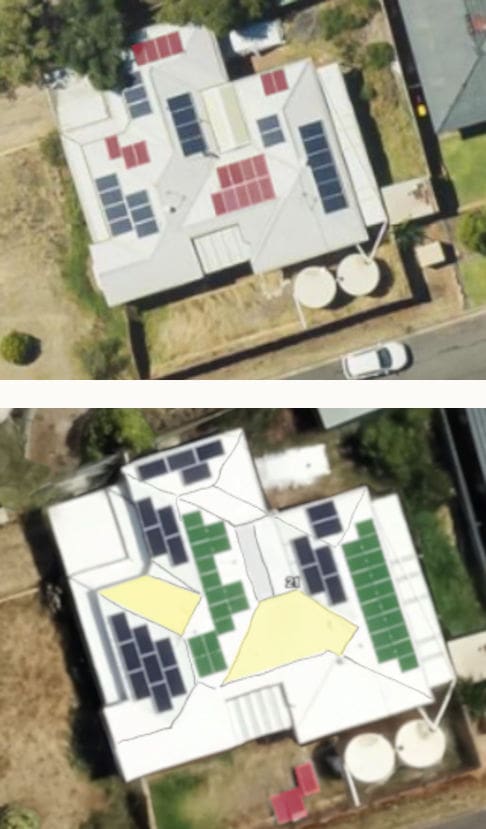
Red vintage solar removed & stacked in the yard. Blue panels moved & condensed. Green panels are new. Yellow space available for more solar.
Despite being a horrible roof to work with, more capacity was added, and even more room was created, both on the roof and in the switchboard.
Having a plan at the outset is essential. If you’re looking for the best solution, seek good help, explain your end goals, and listen to the advice.
You Can Claim “The Rebate” Again
STC credits are available for solar power, heat pumps and solar thermal hot water systems. It’s quazi carbon tax on the country’s largest emitters, who pay up front for the pollution you’ll avoid for 15 years. Claiming more STCs simply involves buying a new unit with a serial number, which along with panel serial numbers, means you can add up to 100kW of solar on one property. There’s no means test or personal eligibility conditions.
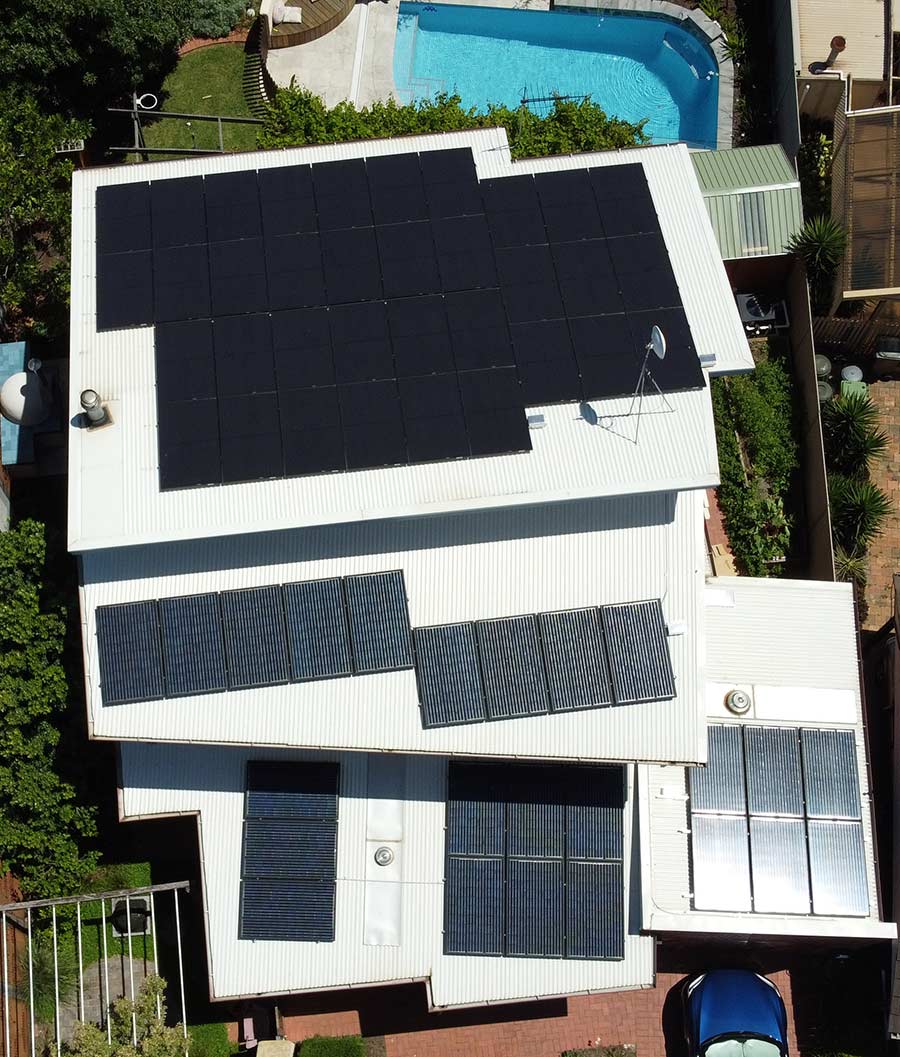
Up is north. This character installed 14 kW of new panels (dark black) and simply paid to move the old 6 kW system. It’s better on the south roof here than it is in the bin. Redeployment is probably a little known advantage of microinverters.
Can’t You Add On To A Typical 6.6kW System?
While most solar inverters can tolerate 150 – 200% overdrive, Australians don’t often use that capacity because very few want to stump up full price for all the glass, so we get 5kW inverters with 6.6kW of panels or 133%. Sadly, you can’t just chuck a couple more panels on.
You would think paying full price just for the extra panels would be fine, but you’d be wrong. Exceeding 133% can lead to the Clean Energy Regulator reclaiming all the rebate.
So STCs encourage solar adoption but also place an artificial ceiling on what you’ll likely buy.
Victorians Be Aware
Expanding your solar system is prescribed work so if you plan add panels, an inspector must make sure it’s electrically safe.
Batteries Add Capacity
At first glance, a battery may break the bank, but adding a battery also means the 133% rule evaporates, allowing full manufacturer-rated solar capacity on your inverter. Some say an AC-coupled battery doesn’t meet the rules, but the pragmatist’s approach is to add the serial numbers/barcodes/selfies & get on with the job.
Consider A Few More Points
- Measuring your consumption to match solar production is always a winner
- Information is power, so consider monitoring like CatchControl even before you add solar
- With a battery, you can add extra panels over 133% & claim STCs on more panels.
- Ignoring STCs makes everything simpler and arguably makes environmental outcomes better
- You’ll miss out on “the rebate” but also dodge an entire layer of bureaucracy
- You definitely need DNSP permission to install a new inverter
- The CEC approved list has become the default for the whole industry, so don’t buy second-hand or at auction without checking eligibility
- Worried about being charged to export excess solar, thanks to bullshit stories of a ‘solar tax’ all over the mainstream media? Don’t worry. First, the proposals are to reduce the feed-in tariff in by 1.2 cents per kWh – no one’s paying to export. Secondly, if export charges do ever make it from the media’s clickbait fantasies into reality, you can easily configure the CatchControl (see first bullet) to curtail only those kWhs that would be charged, completely avoiding any export penalty.
If this sounds like impenetrable jargon, or you have a dogs breakfast on the roof already, don’t worry. Solar upgrades involve more than just throwing panels at the roof so we’ll spell out some simple answers in upcoming posts. However if you’re tired of seeing daylight go to waste there’s only one thing to do.
Step 3; Get Help
If you’d like some solid expertise from a savvy local electrician, first find specifications on your existing equipment. Then fill out this form and post your system details into the tail end. SolarQuotes will find you a qualified designer to make it happen.
Footnotes
- Eventually NSW & WA will get on board with flexible controls ↩
Original Source: https://www.solarquotes.com.au/blog/expanding-your-solar-pt1/

